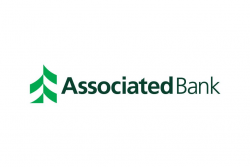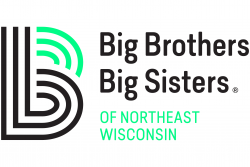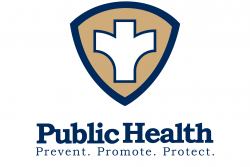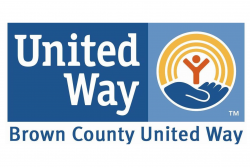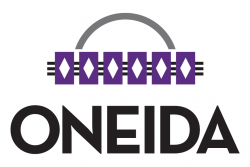High School Completion Rates: Latino Students Rise
By Erika Ditzman
From 2016 to 2020, Brown County Latino students have seen a 6.7% increase in High School Completion rates, which is a statistically significant increase. This may be due to the efforts of local school districts, including Green Bay Area Public School District.
“For the last four years, we installed career coaches,” said Luis Franco-Toscano, Green Bay Area Public School District’s Family Engagement Coordinator. “Career Coaches from both NWTC and UWGB are able to connect with the student populations that they served, not just because of the highly qualified professional certifications that they all possess, but most importantly they are able to provide a sense of belonging through the similarities of the life experiences present in the Latinx community. They have been able to implement a solution-based approach to the roadblocks that, in some instances, our community faces. This provides the scholar with a wider vision where he/she now has the choice to not only be able to graduate from high school, but to achieve their own personal academic goals.”
Sister Melanie Maczka, Executive Director at Casa ALBA Melanie, further explains that “more of the … students are second generation. Their parents grew up here, even if they may not have been born here, so their sense of education and their understanding of the school system are more familiar than that of new immigrants.”
Nationwide, the percentage of Latino adults ages 25 or over with a high school diploma has risen from 53% in 1995 to 72% in 2018 and continues to rise. Despite this improvement, the 72% is 12 percentage points lower than the next-lowest ethnic group.
What is High School Completion?
High School Completion is the percentage of students who graduate high school. This percentage is calculated by dividing the number of students who complete a high school credential by fall of that year by the number of students in the adjusted cohort. All students included are from public institutions.
Are Alternative Diplomas Included?
Yes. Due to the nature of alternative diplomas (such as the High School Equivalency Diploma), they usually show up in numbers for 5- and 6- year timeframes. Students that independently went out and obtained a GED are not included in these numbers.
The Value of High School Completion Data
High School Completion Data with focus on BIPOC students, helps to recognize the achievements of particular student groups. While a 9-percentage point equity gap remains between white and BIPOC High School graduation rates (averaged across all four years), this highlights those that may need more assistance going forward.
In response to this need, ABC’s Graduation Task Force combined the efforts of local school districts and mentoring services to design and implement a system that detects students at risk of dropping out and pairs them up with community-based mentoring supports. The program has scaled to serve more than 200 students in the 2020-21 school year.
For more information about why data is significant, read ABC’s blog post, “The Value of Data.”
Words to Know
Statistically Significant
If data is statistically significant, this indicates that the results are not due to chance but specific causes.
Equity Gap:
Equity gaps are the disparities that interfere with educational outcomes and student success across race/ethnicity, socioeconomic status, gender, physical or mental abilities, and other demographic traits.
BIPOC:
BIPOC is an acronym that stands for Black, Indigenous and People of Color (including Latino population)
Cohort:
A cohort is assigned to a student when they first enroll in a high school in Wisconsin public institutions. The cohort (year) is based on the grade of the student when they first enroll in high school. For example, a student starting 9th grade at a high school in the school year 2016-2017 would be assigned the cohort of 2020. Cohorts are adjusted as students transfer in and out of districts, or if a student becomes deceased before the 6-year timeframe.
Timeframe:
The timeframe is a measure of how long it takes a student to complete high school starting in 9th grade. If the student in the above example completed high school in 2014, they would show up as a high school completer in the 4-year timeframe.
To learn more about data terminology, read ABC’s blog post on “What is Evidence-Based Decision Making?”
Sources:
Hechinger Report. (2019, August 13). High school graduation rates for one important group are starting to get better. Excelencia in Education. Retrieved April 5, 2022, from https://www.edexcelencia.org/excitings/high-school-graduation-rates-one-important-group-are-starting-get-better
Published: April 6, 2022



